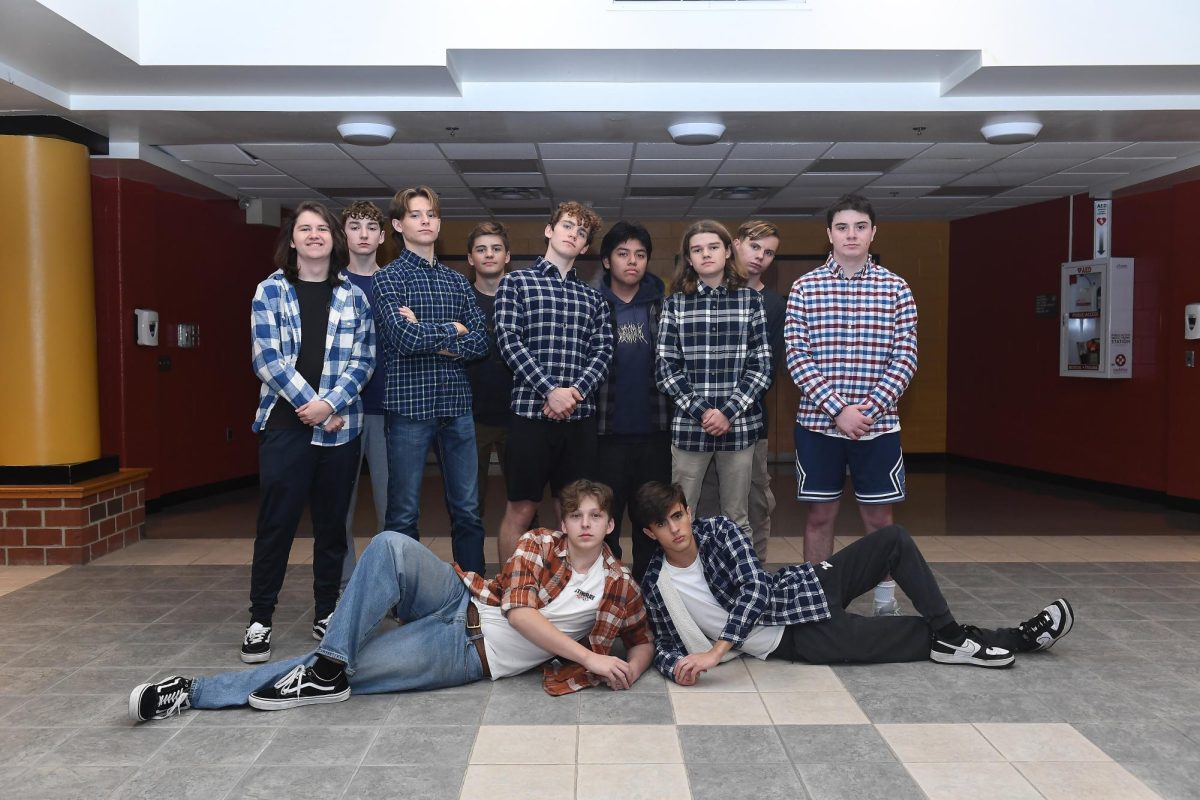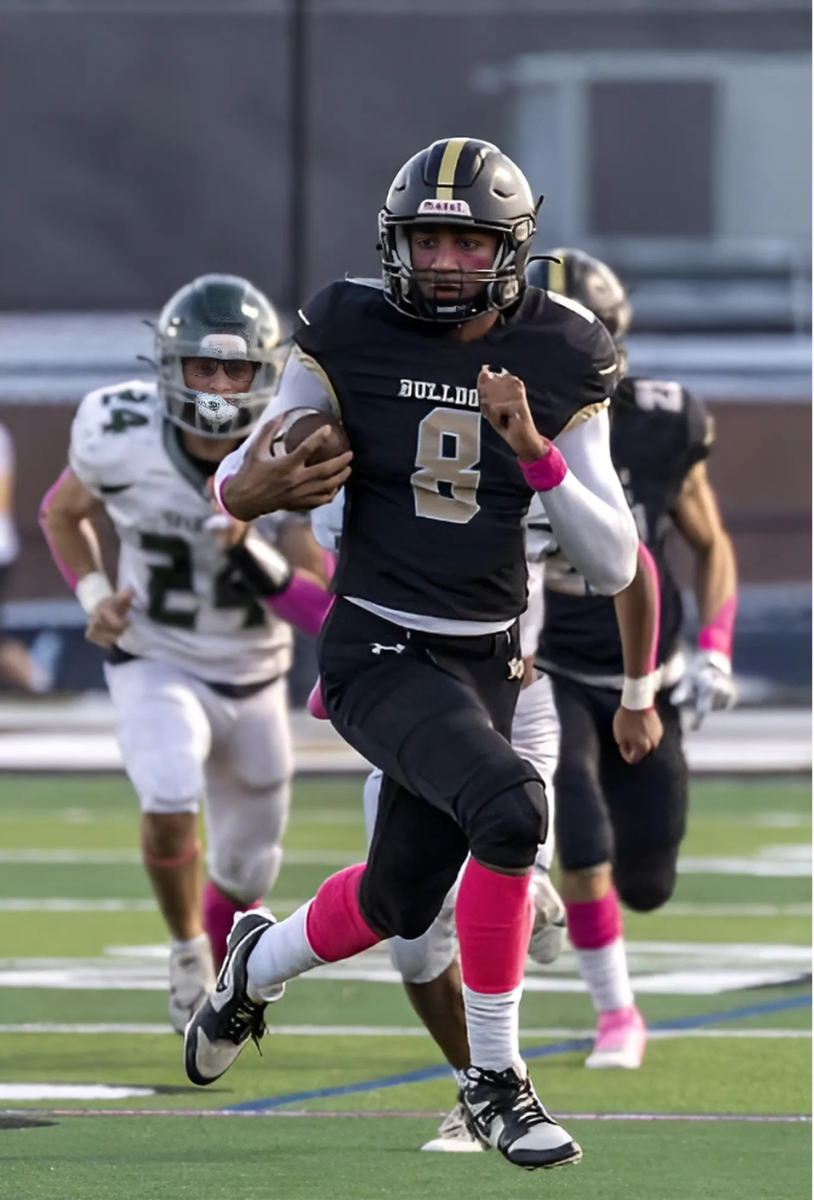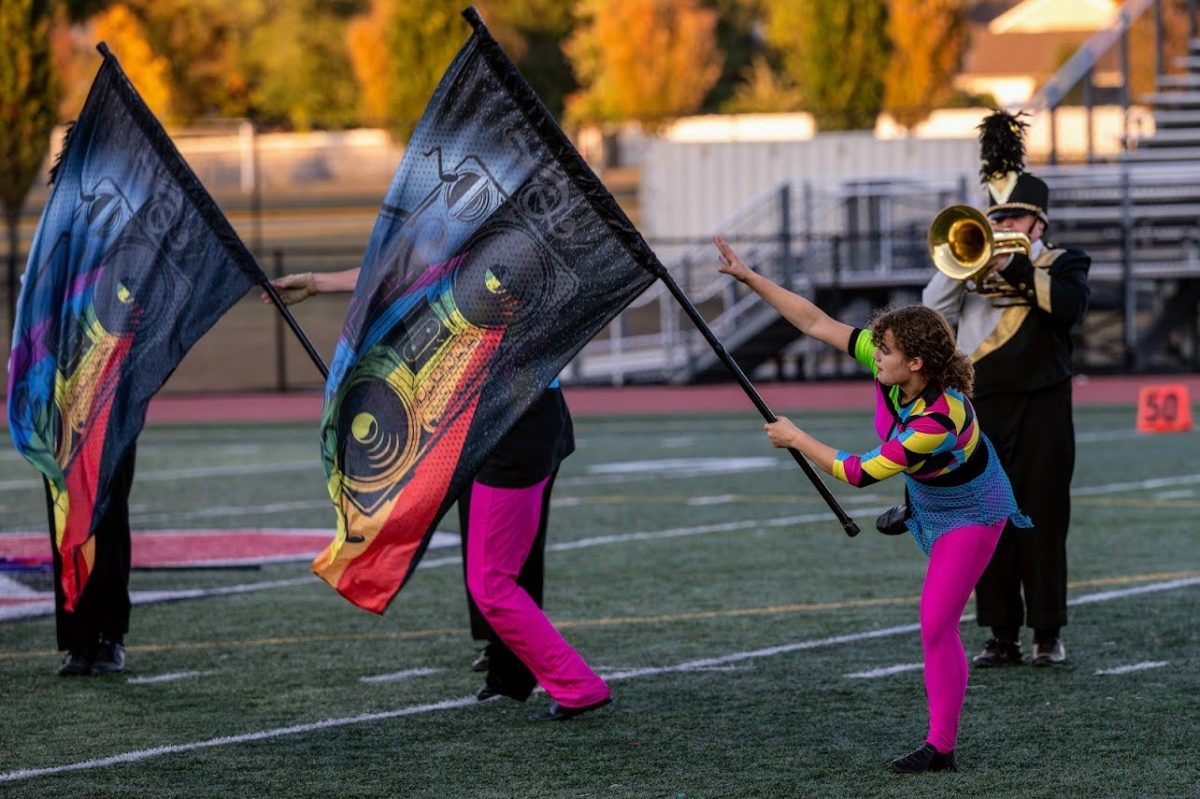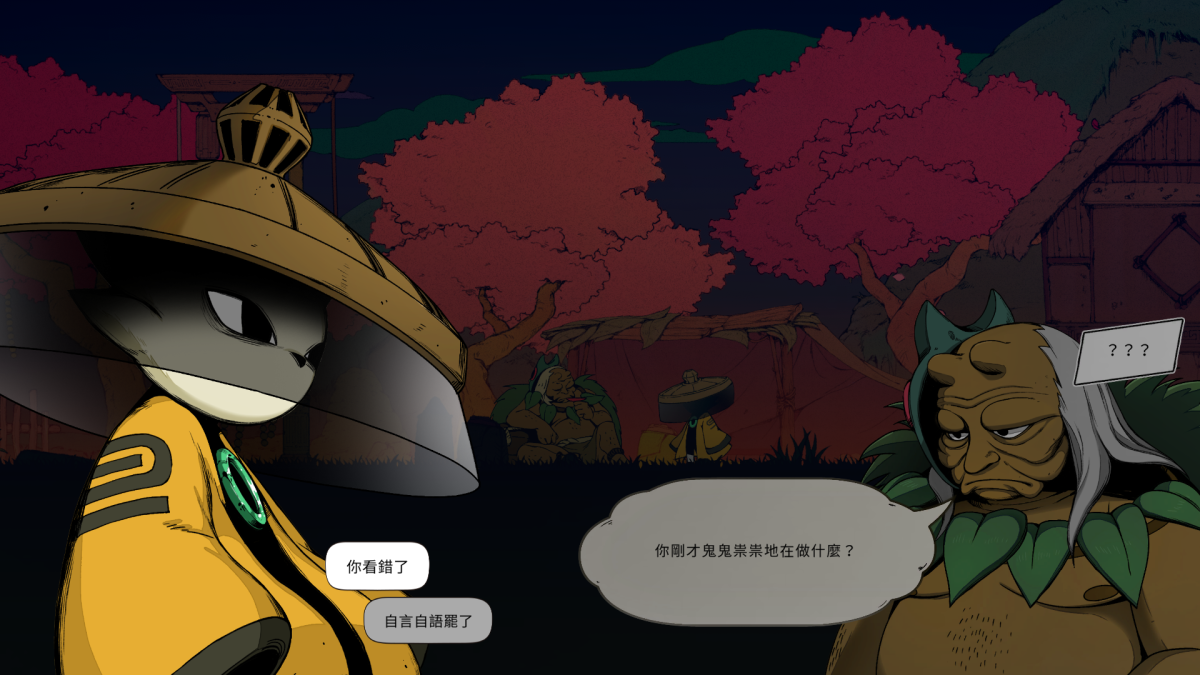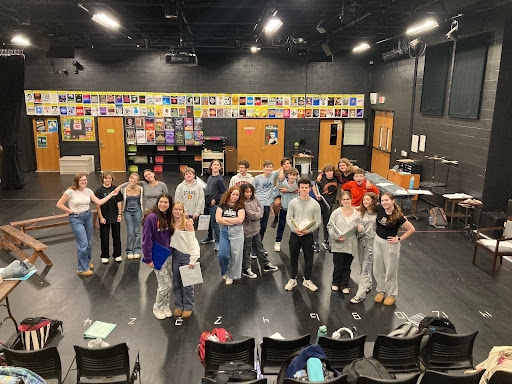Peter and the Starcatcher is a Tony-award-winning Peter Pan prequel. It follows Boy, who starts as an unnamed orphan and evolves into the capricious and beloved Pan. His adventures take him on a journey to the island of Rundoon carrying a crate of ‘star stuff,’ a magical, wish-fulfilling substance.
In his earlier career, Rick Elice published two books which became plays. Years later, he reversed his work and turned Dave Barry and Ridley Pearson’s book into a successful Broadway show, that is, nine Tony Awards’ worth of success in a medium he’d dreamed about but never officially dabbled in.
Still, some are skeptical.
“It’s written by a different person than the guy who did Peter Pan, so there’s not really a continuity there,” cautions senior run crew department head Keira Wessler. “It’s like Harry Potter and the Cursed Child… it’s a different mindset…I didn’t like it.”
Rare is innovation without controversy. Hopewell’s November 3rd and 4th production of Elice’s work took minor risks of its own.
Both Jack Elliot as lead and Sophia Zawartkay as the scenic department head, commented on Peter and The Starcatcher’s unique setting. While the story ventures as far as the high seas, Hopewell placed “the story in a children’s library, and [building] the scenes…with found objects from the library,” Jack Elliot explained.
The build was all the more zealous in the absence of Hopewell’s Set Constructionist, Andy Parsons. Mr. Parsons was the reliable brains behind years of award-winning scenic design (Much Ado About Nothing was recognized at the Foxy Awards as the “best in the Garden State” and awarded its set design, along with best direction and production of a classical play).
Still, Mr. Parson’s designs were constructed by Ms. Zawartkay’s department. She worked with him during Little Women, Much Ado about Nothing, Big Fish, Diary of Anne Frank, and The Wedding Singer. Ms. Zawartkay approached her challenge with cautious eagerness.
As the building began, the crew mourned the graduation of the seniors who bravely manned the lighting and audio. Dylan Kalina, Michaela Kwak, and Dan Teodorescu are gone but not forgotten. In their place, Carina Estrada headed the audio department from their original position as long standing stage manager, and Jack Murphy stepped up proudly from his minimal run crew and scenic experience into lighting. With all her usual grace, Keira Wessler also accepted a promotion to run crew department head.
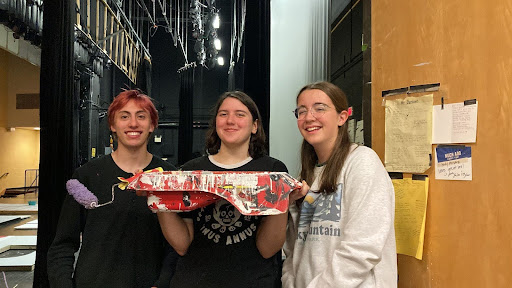
The swapping and replacement continued on stage.
“Something really cool about this play [was] that there was a really young cast, so lots of underclassmen. It’s been really nice seeing them work, they’re all really talented, so I [was] really excited to see many of them in their first roles on stage. I [was] really excited to see them work and blossom in their first show,” beamed Jack Elliott.
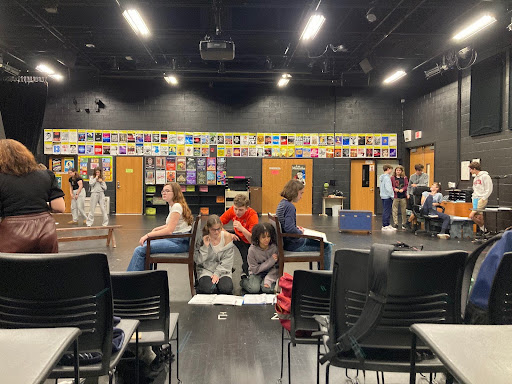
Saylor Schoene, Elise Granzow, Amelia Hovey, and Matthew Golian entered the high school stage as Smee, two understudy/ensemble members, and Ted, respectively.
Familiar faces joined them. Jake Brown played Black Stache, a rowdy rendition of the Hook character, and Jack Elliott played Boy, the star. Connor Boden played Lord Leonard Aster, Kat Compton was Hawking Clam, Amelie Bass was Teacher, and Gavin Glogoff was Captain Robert Falcon Scott. These seniors are regular veterans who have graced the stage in everything from Much Ado About Nothing to Big Fish.
The cast performed two dance numbers (though it is assuredly “not a musical”) and “one part where [Boy was] lifted by one of the bad guys and thrown overboard,” a moment Jack Elliot looked forward to.
These transitions, though bittersweet, make room for new potential. In the words of Molly, “everything ends,” and as Stache finishes, “and so our story begins.”







